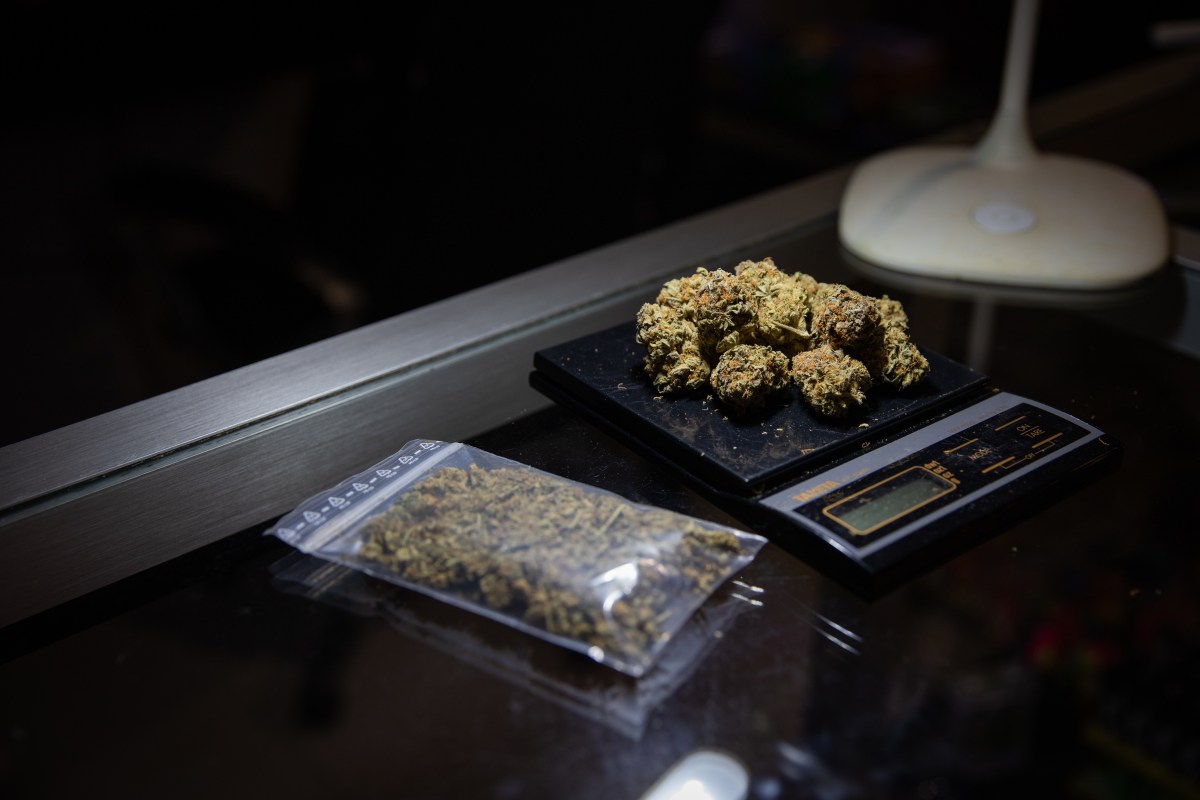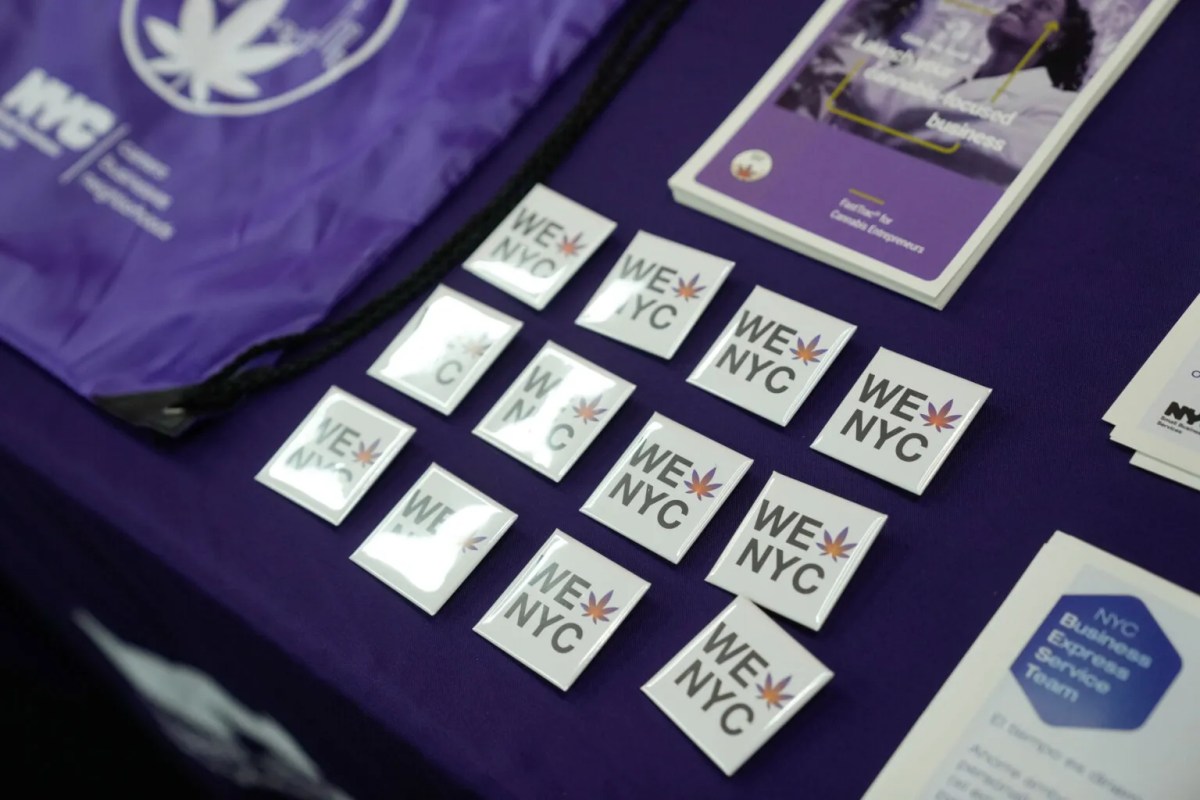When it comes to leather alternatives, the fake stuff has always had a major PR problem. Remember the ’70s and ’80s, with its ticky-tacky “pleather”? Or worse — Naugahyde, which always sounded like (and rather resembled) a dog chew?
Well, no longer.
Increased eco-awareness and concerns about animal cruelty are partly responsible for a growing interest in faux or “vegan” leather, suggests Amy Breyer, a Hauppauge native, now a Los Angeles animal rights attorney and executive director of the Animal History Museum. But quality has a lot to do with it, too.
In decades past, pleather makers used plastic (often PVC, the stuff of bathroom plumbing) affixed to fabric. Now more supple polyurethane and other polymers have revolutionized the industry.
“Today’s faux captures the soft feel and flattering lines of traditional leather,” says Breyer, who staged a “compassionate couture” runway show last October during L.A. Fashion Week. (The event, which spotlighted young, indie labels using cruelty-free materials like faux fur and leather, was both a fundraiser for the organization and an awareness-raiser for the cause.)
“The only reason to wear real fur and leather these days is to affirmatively hurt animals and the environment,” she says. “Most people just don’t see a need to do that.”
And top brands, once slow to faux, are warming to the idea. Comme des Garçons and Altuzarra have been creating luxe vegan jackets and bags for several years — and Stella McCartney’s been at it for more than a decade.
With Earth Day just around the corner, we scanned the racks in stores and online for some eye-catching faux leather options, and more eco-friendly fashion and beauty products.
Going vegan never looked — or felt — this good.

















